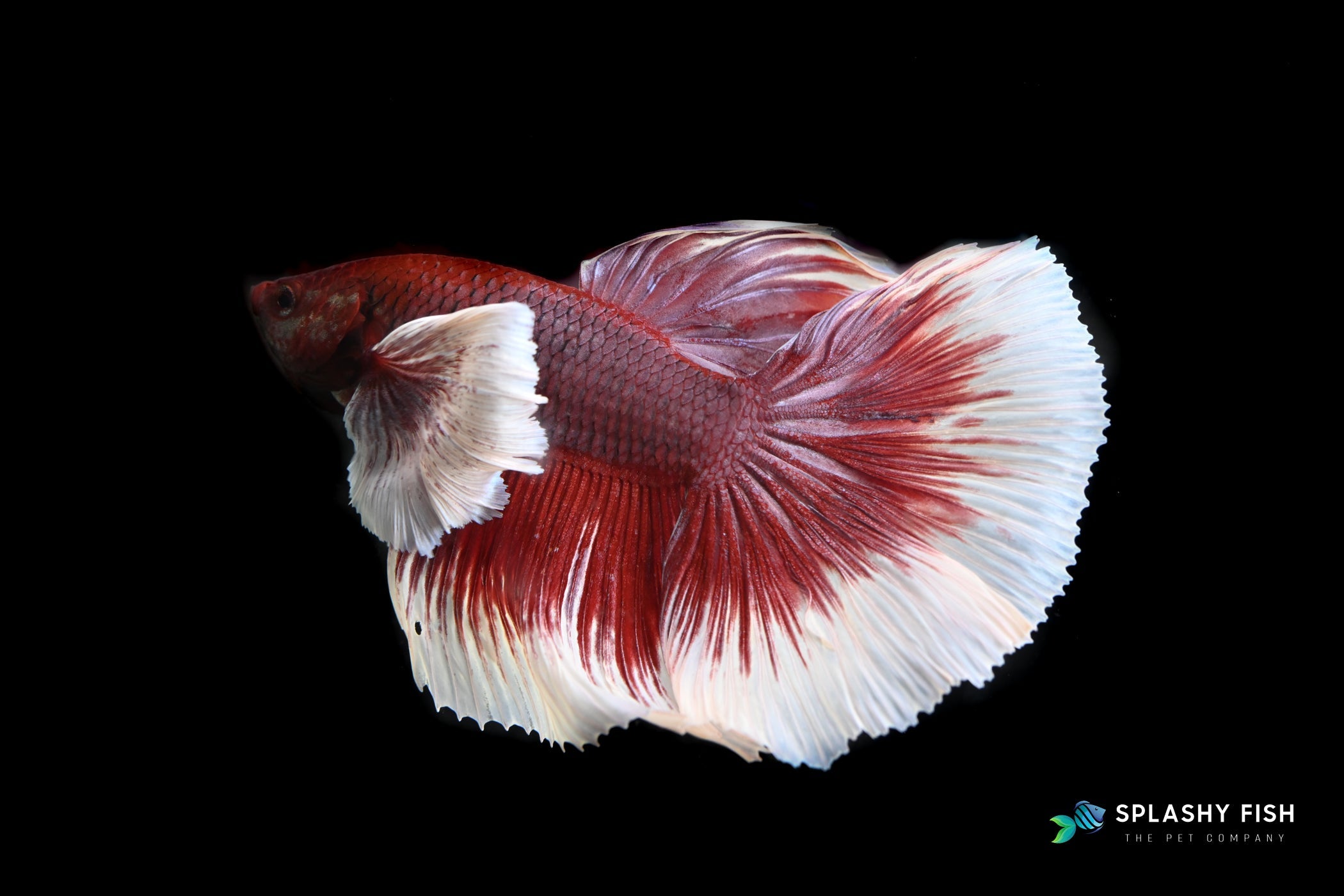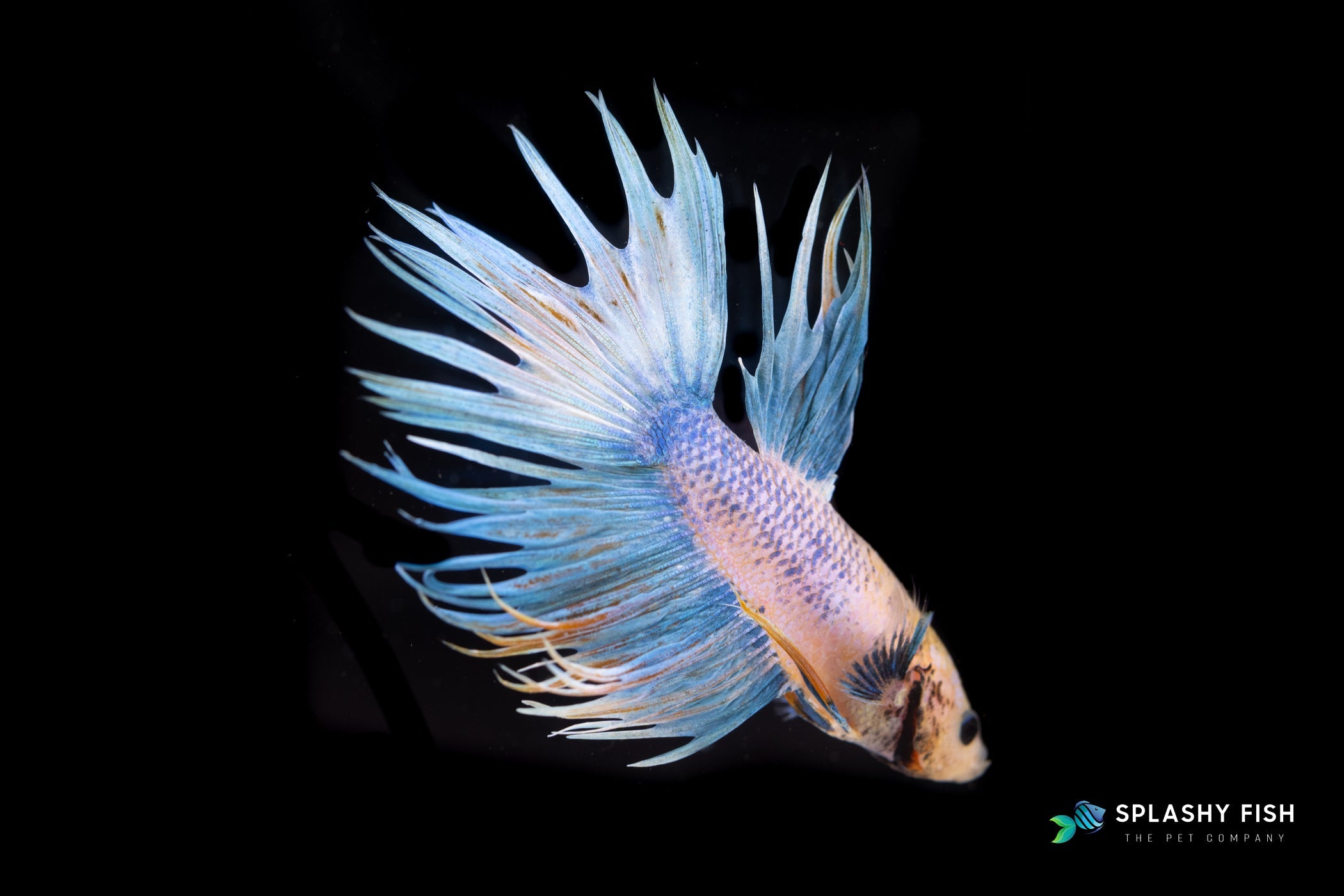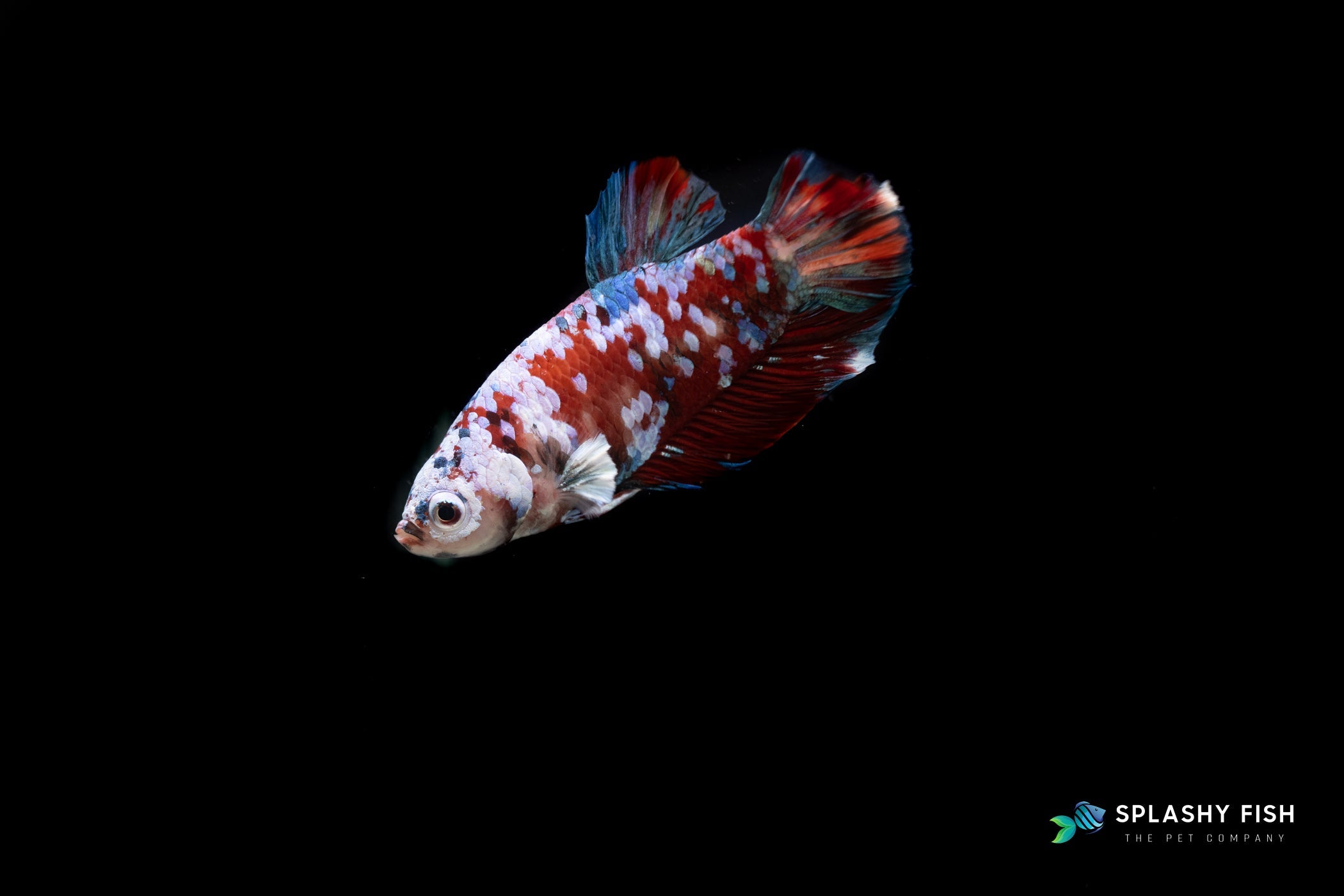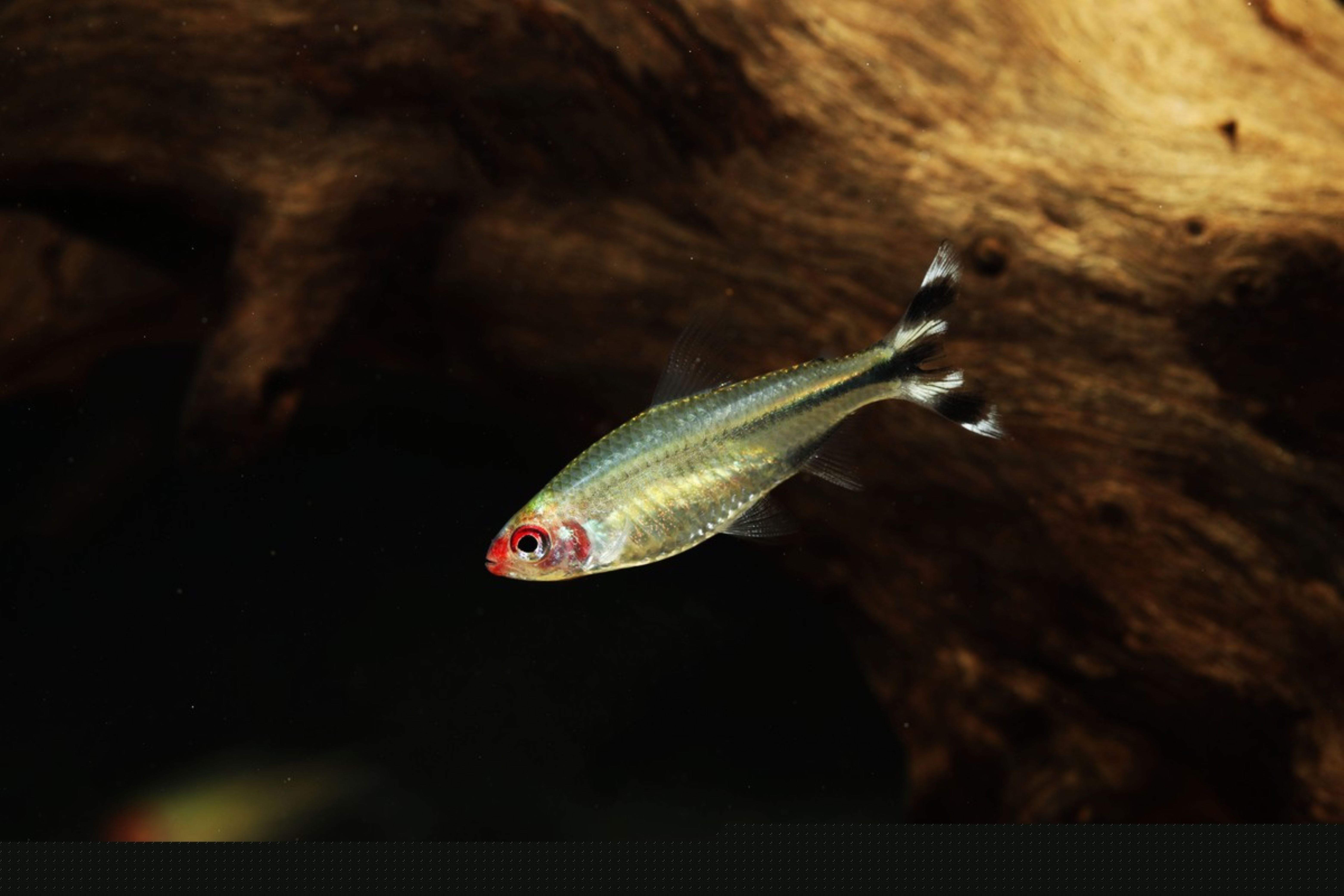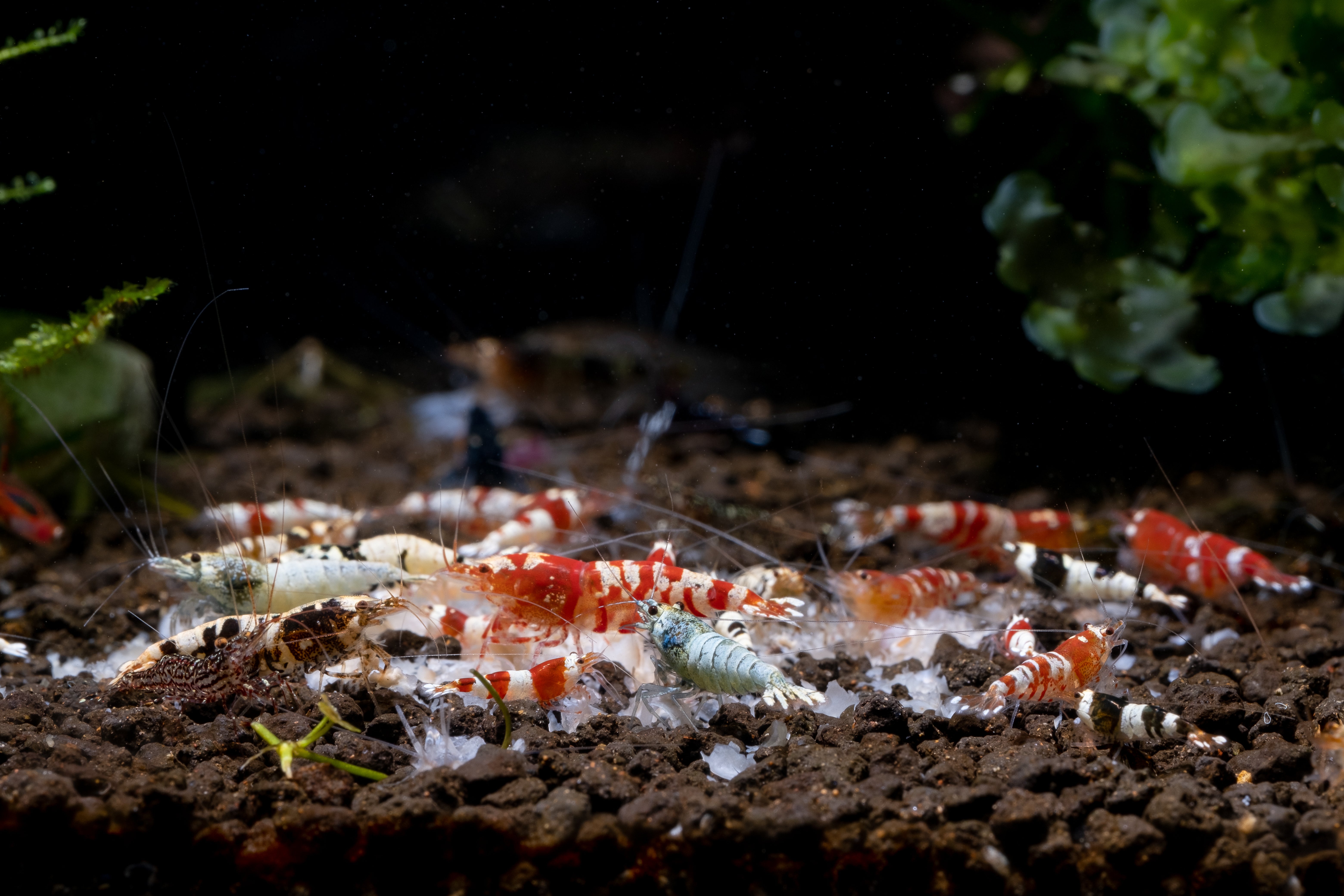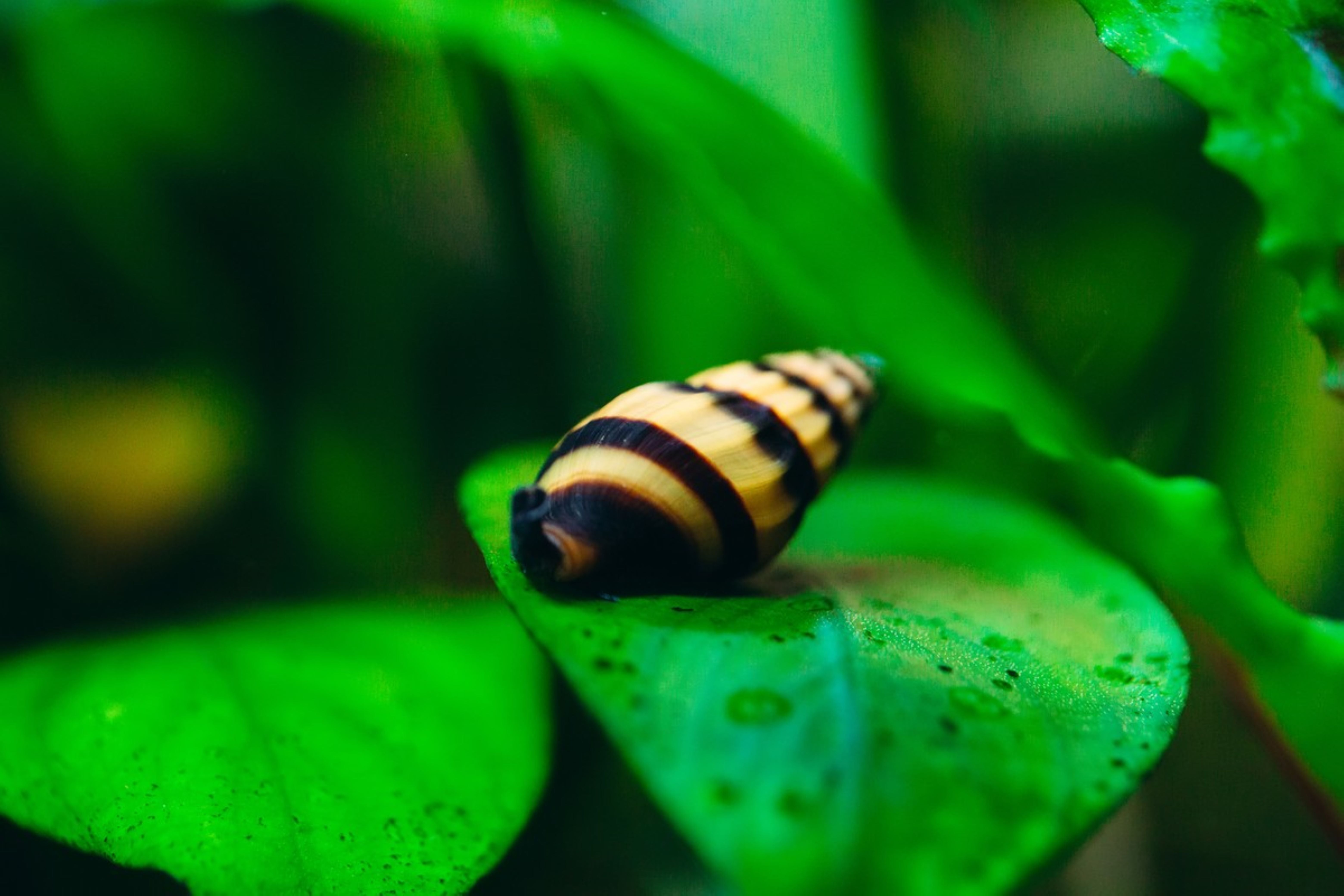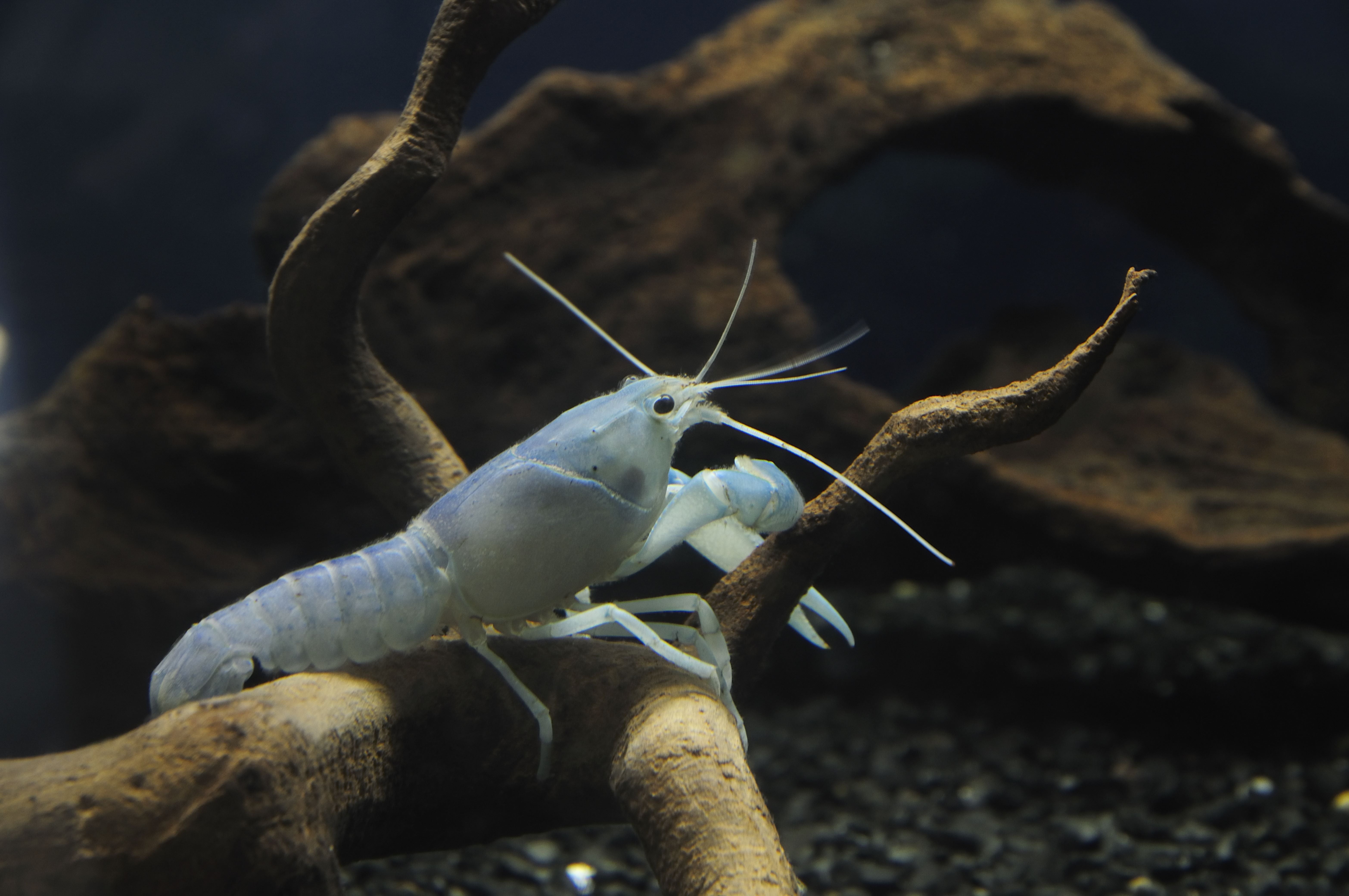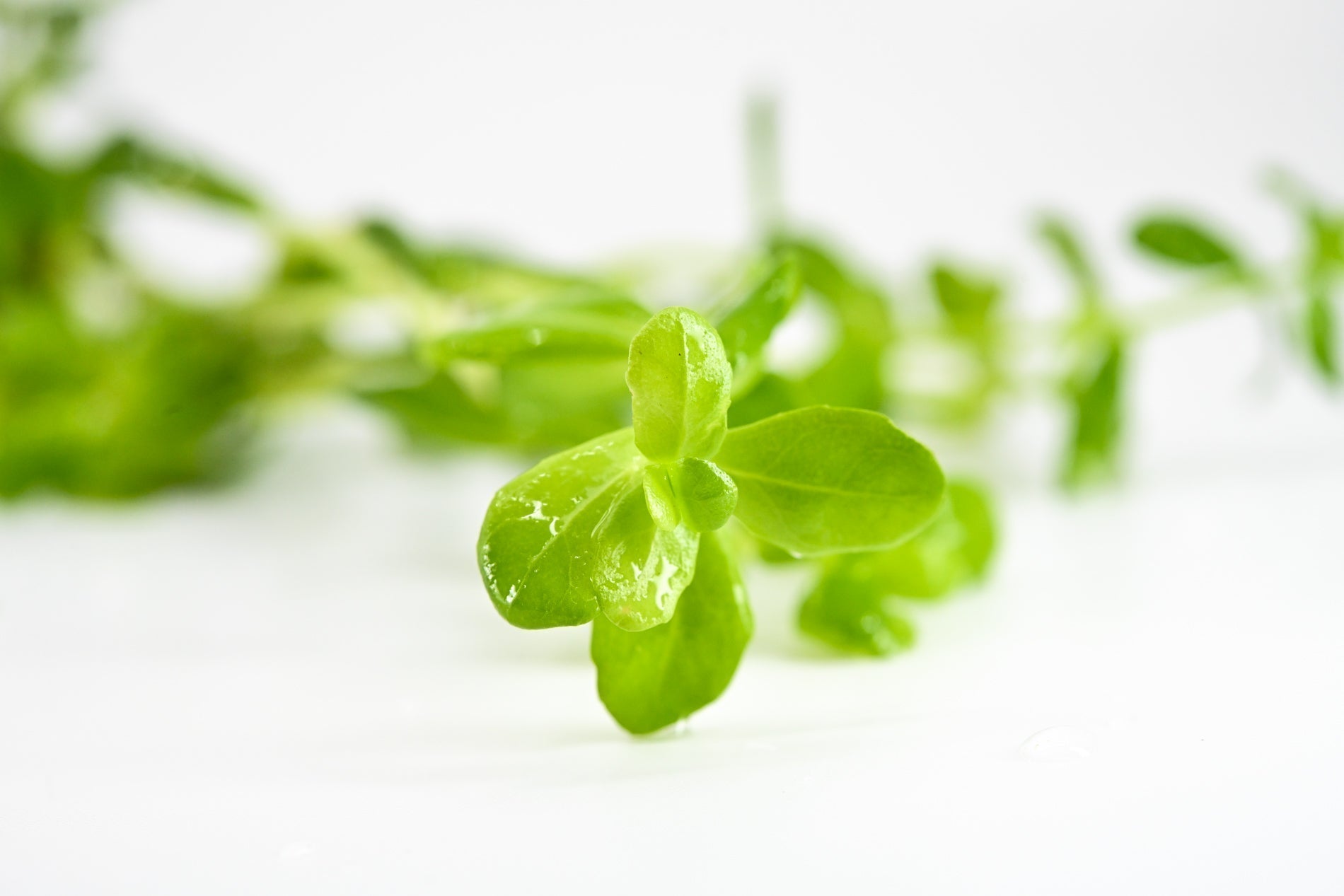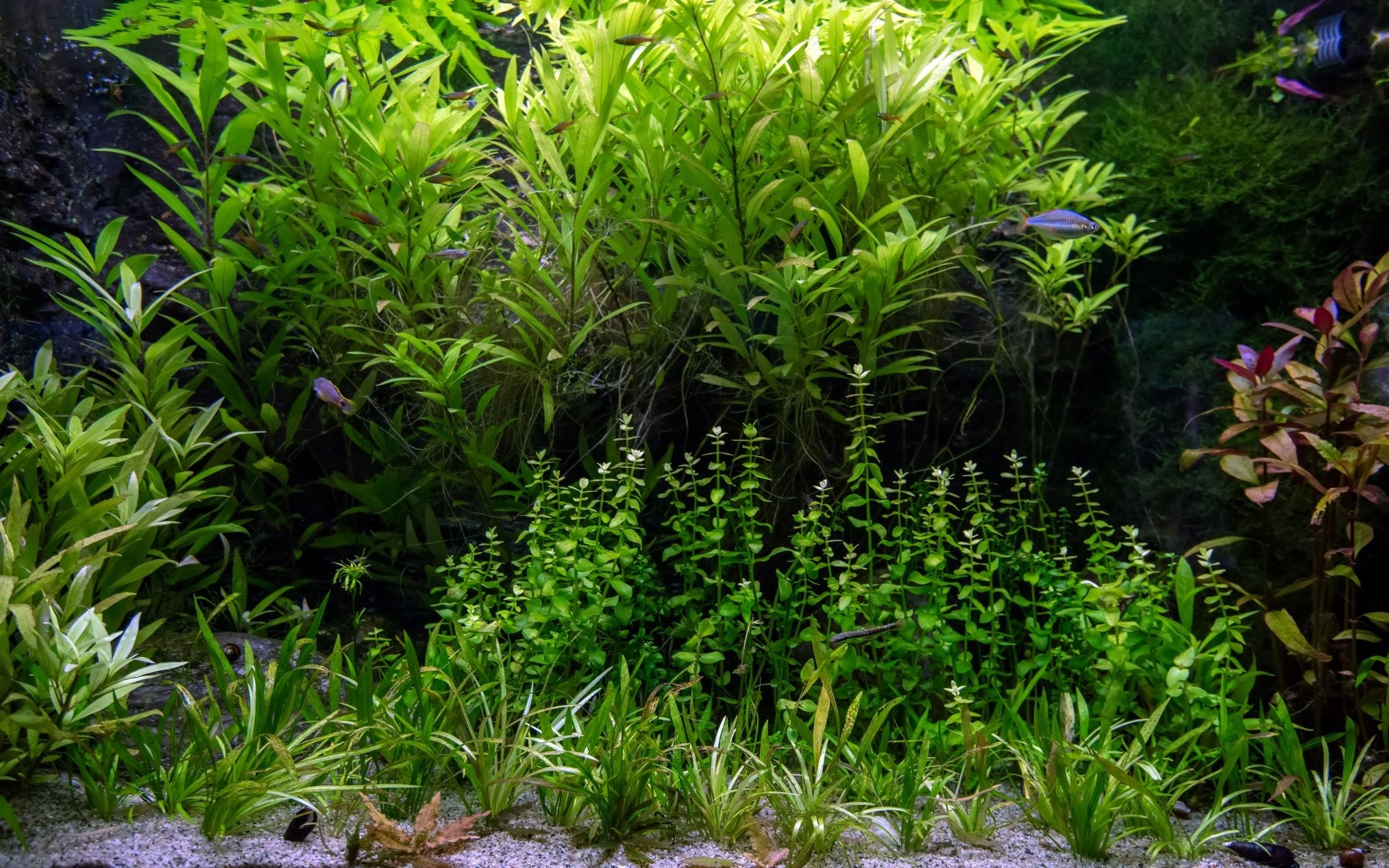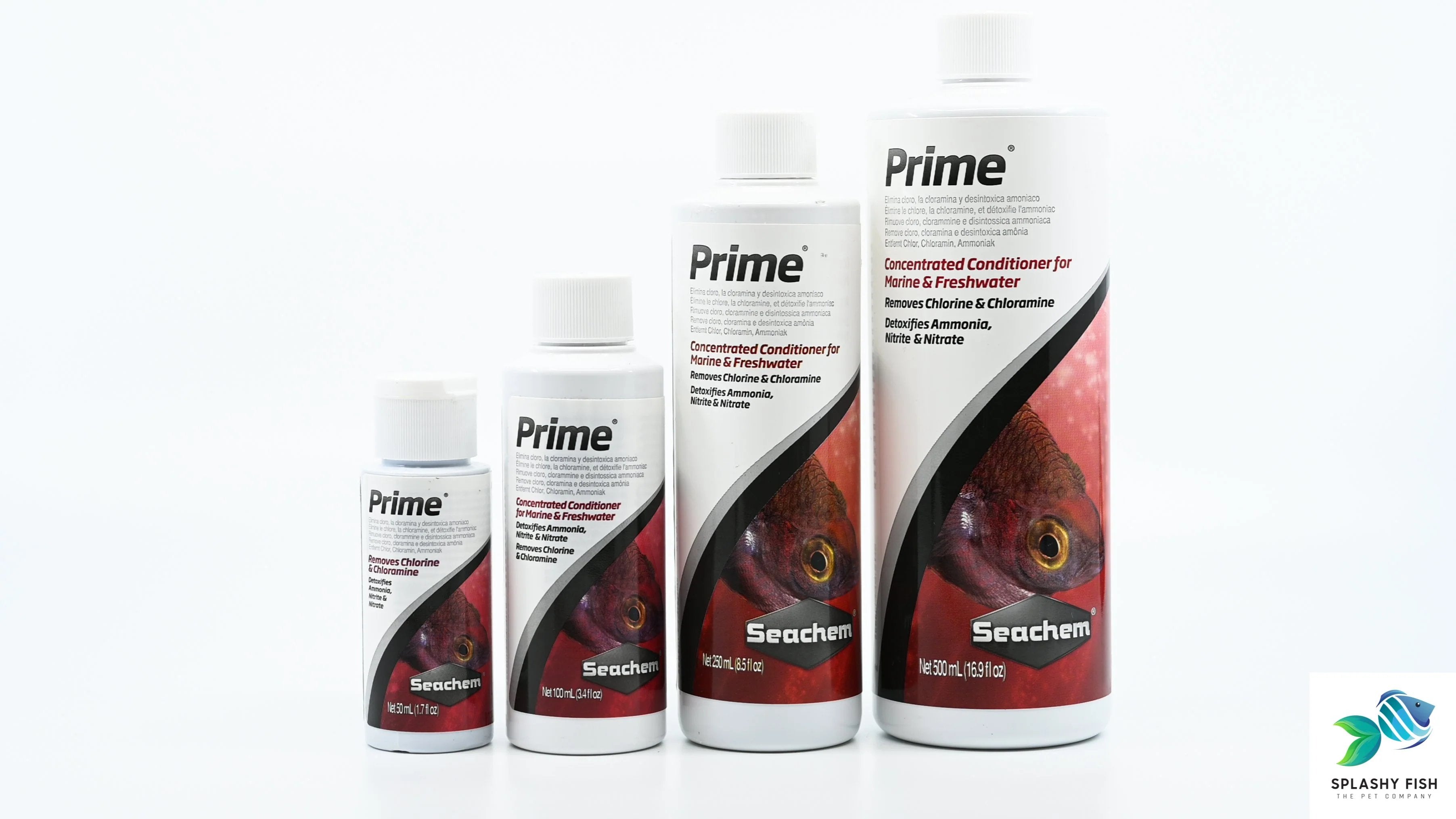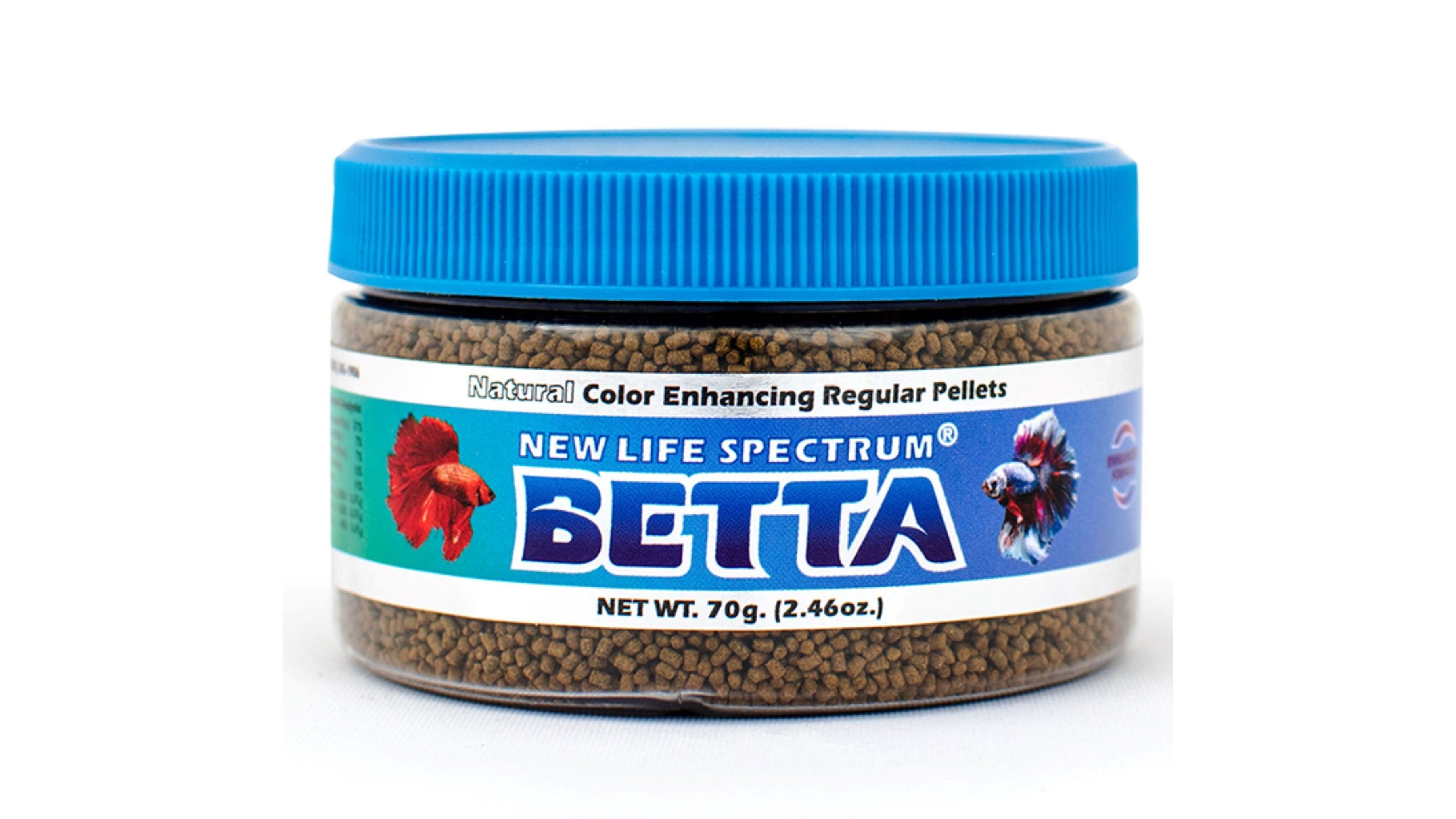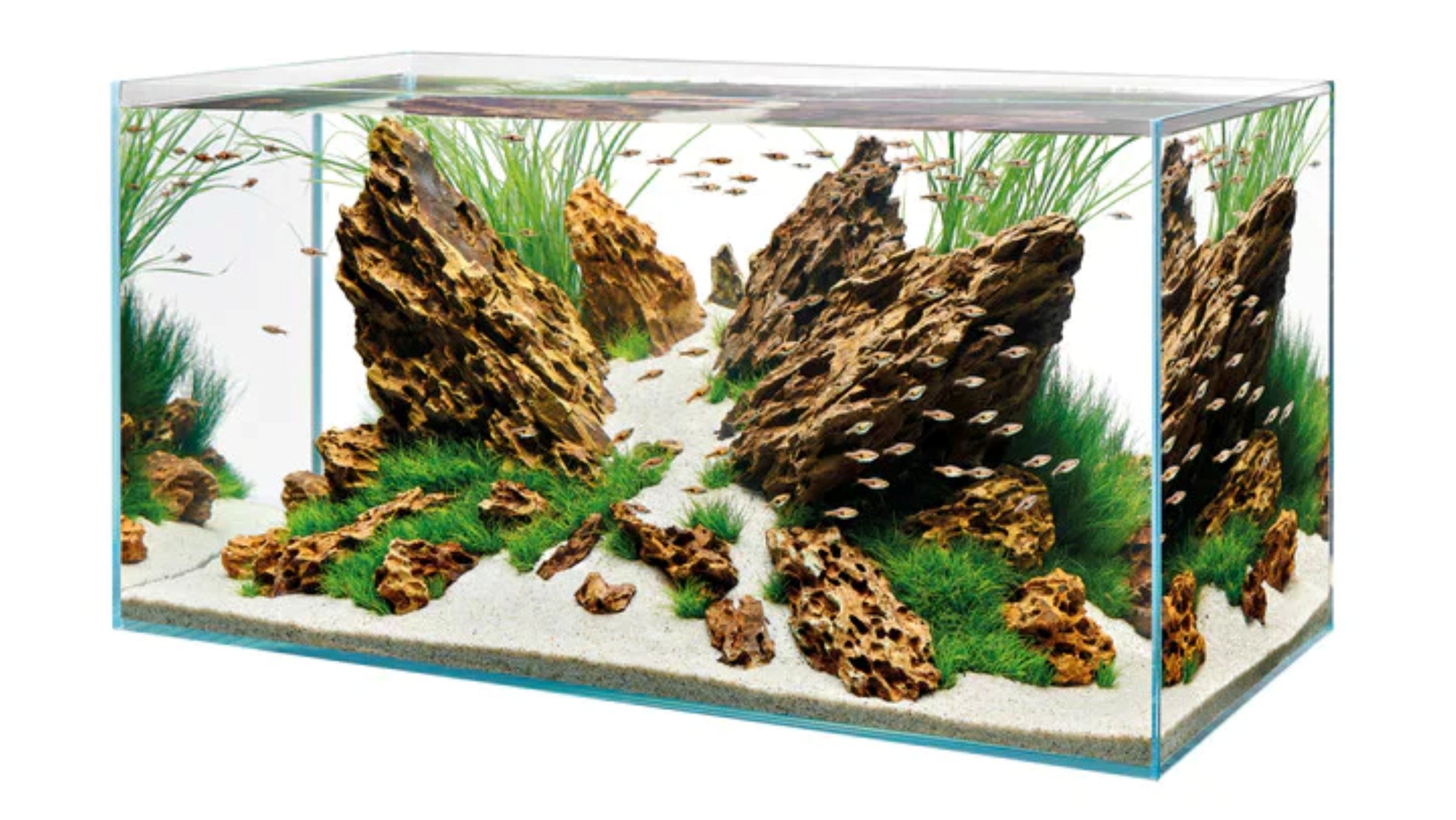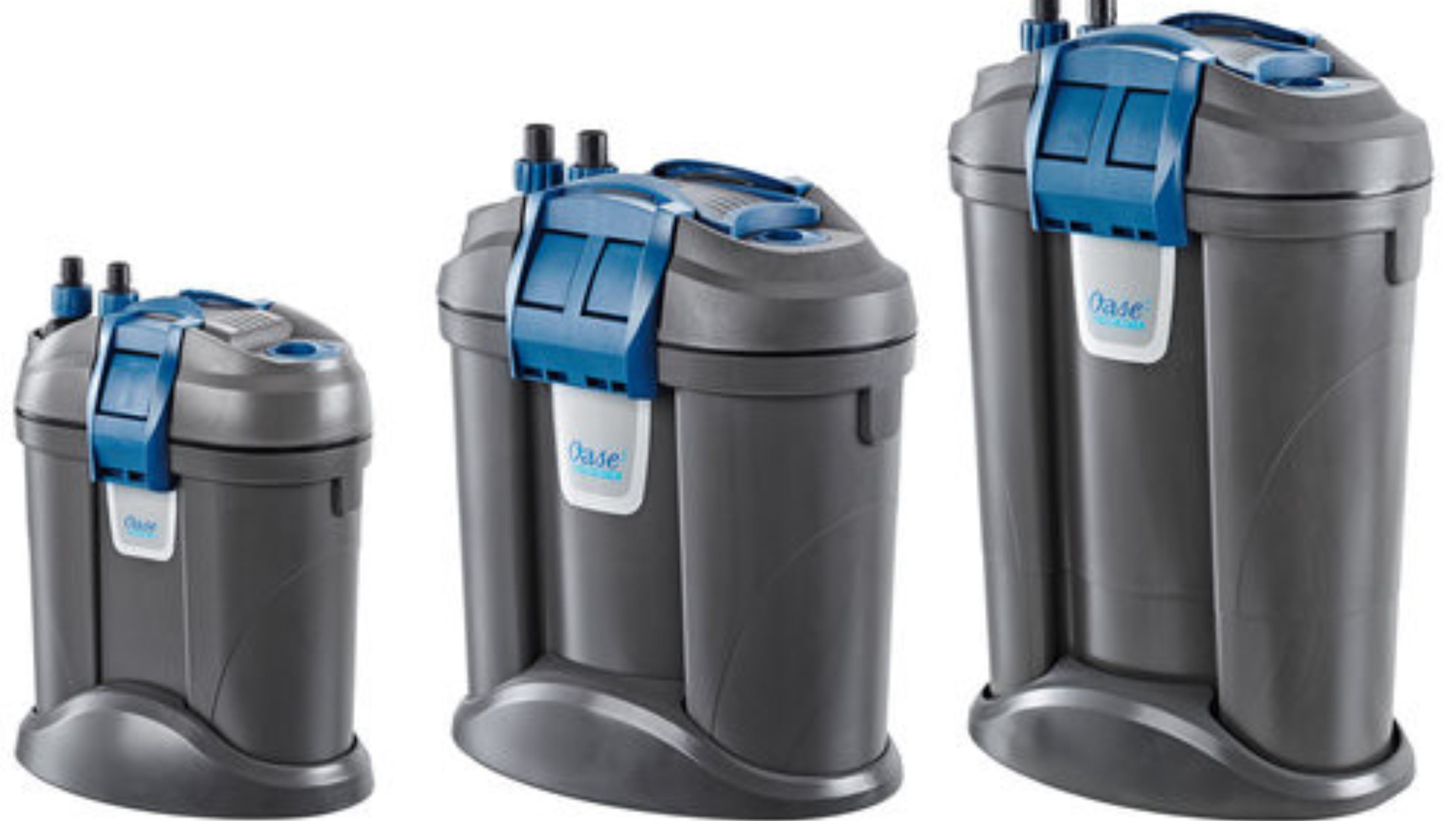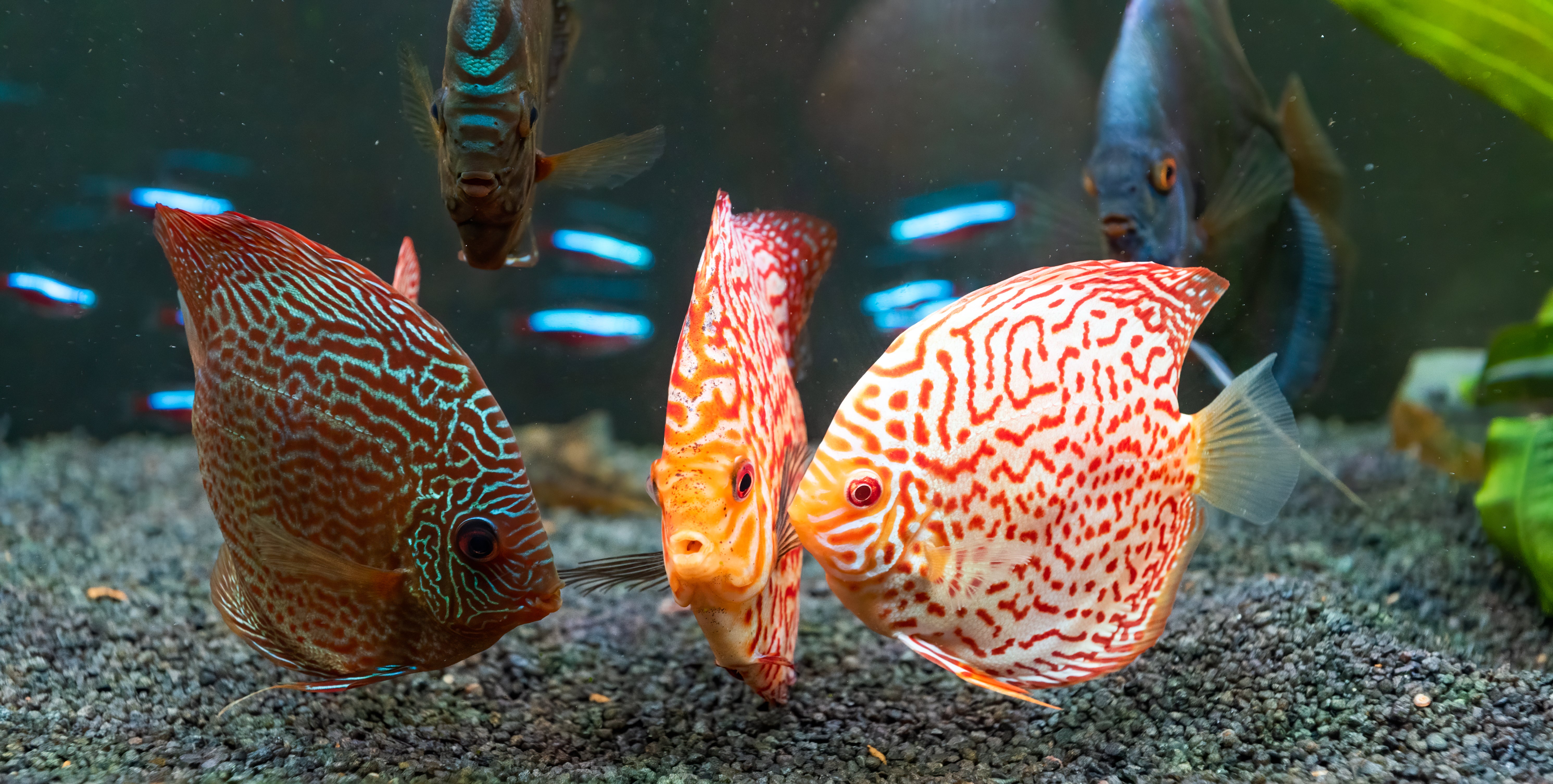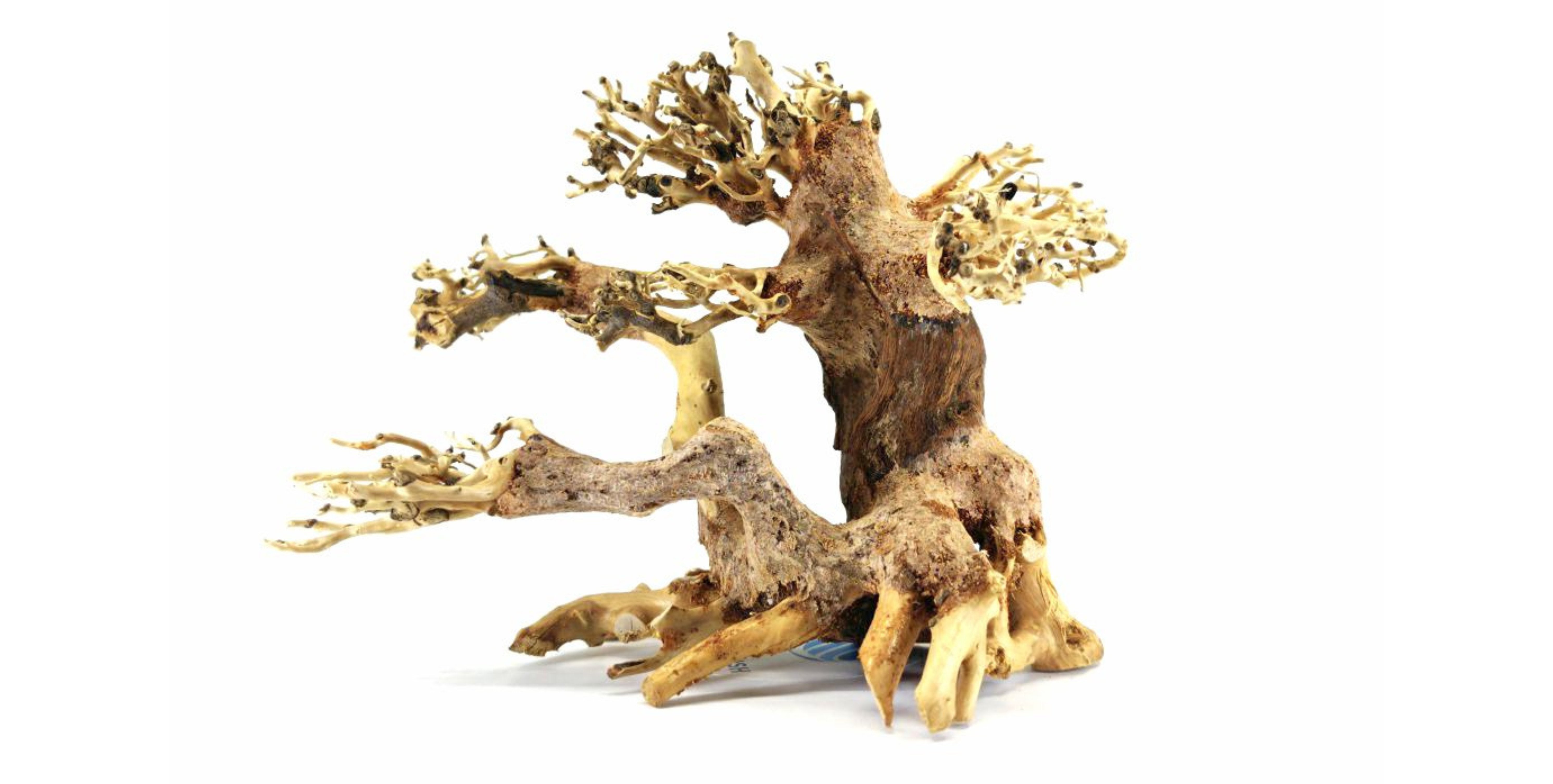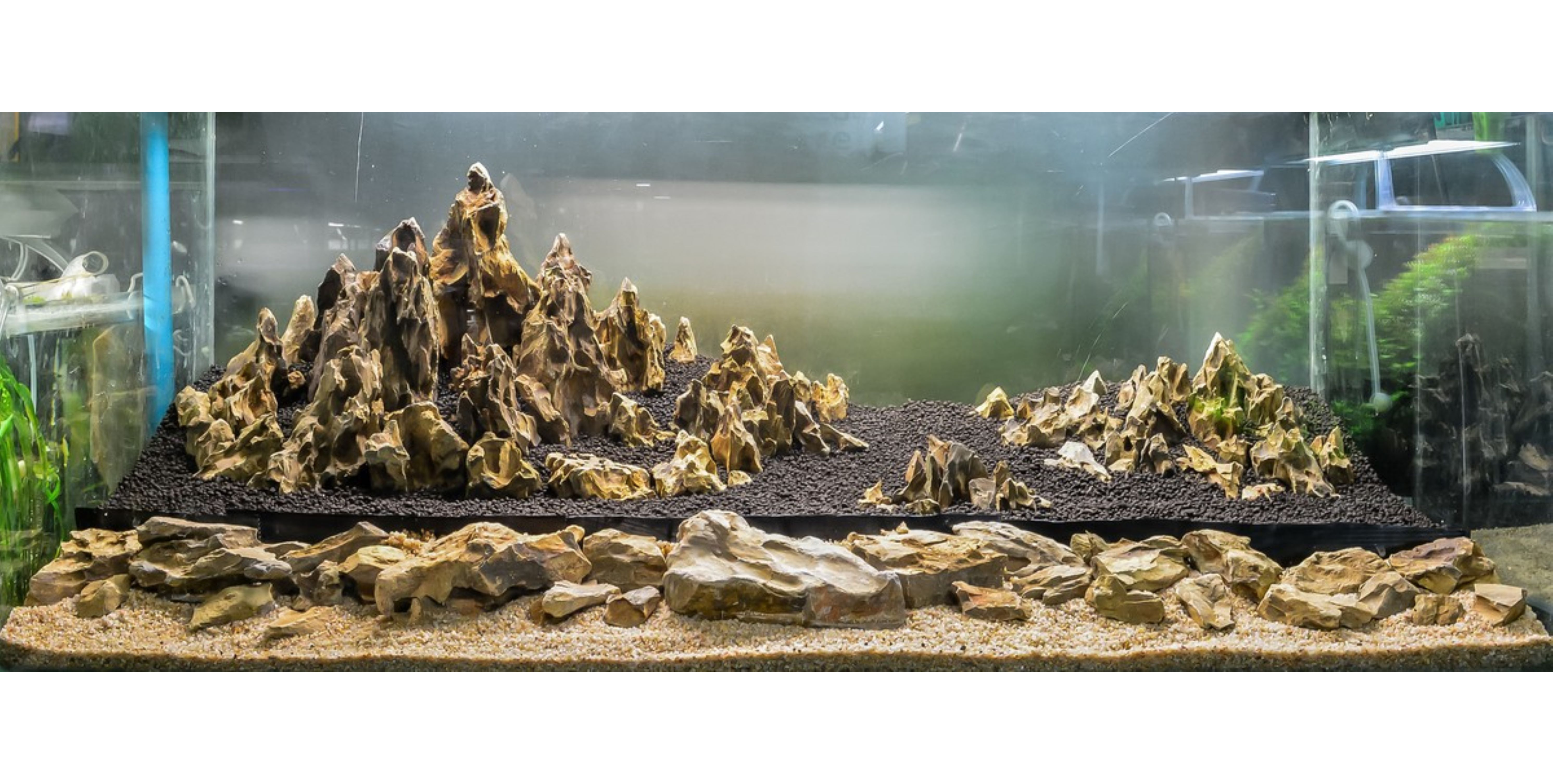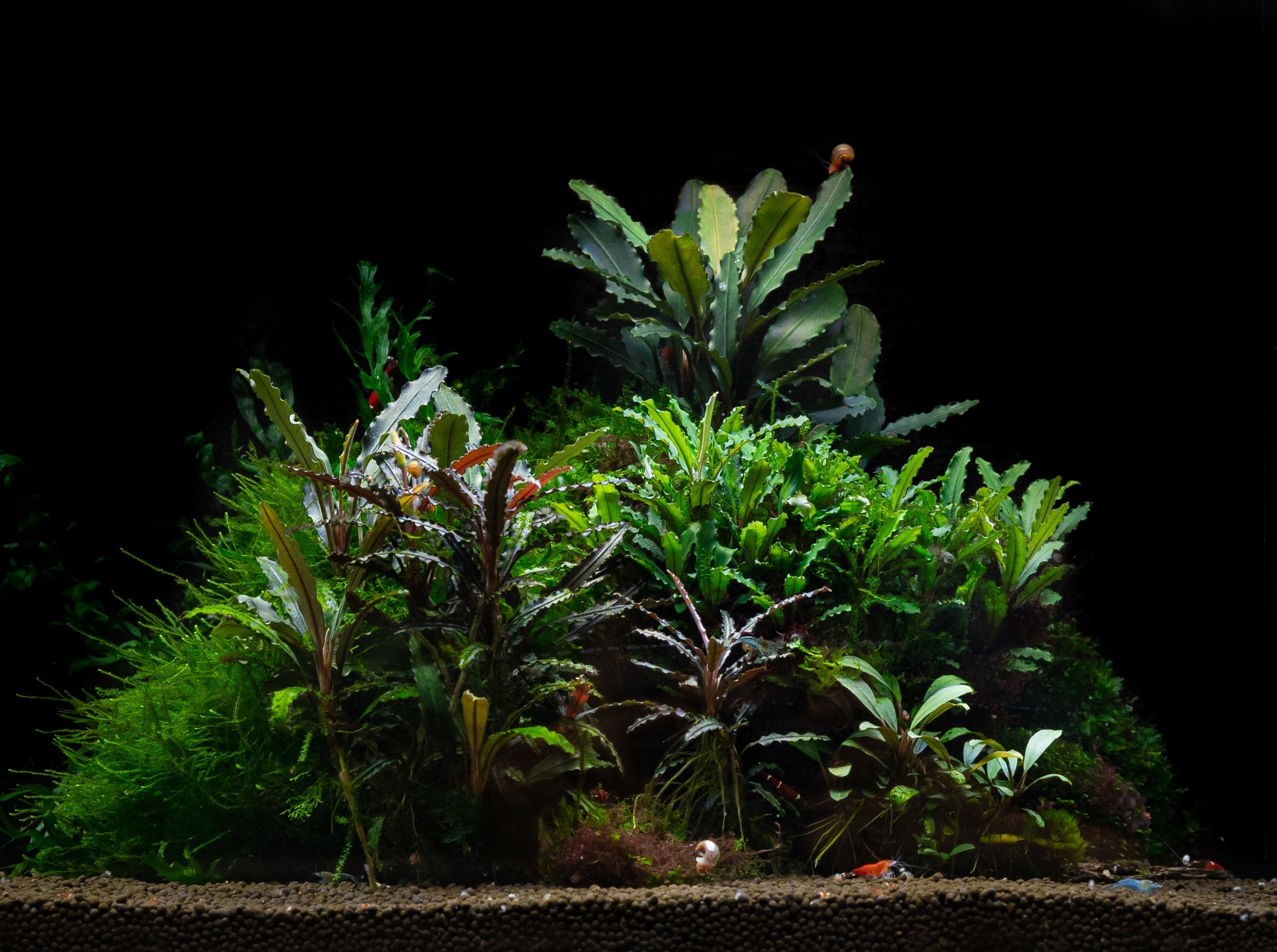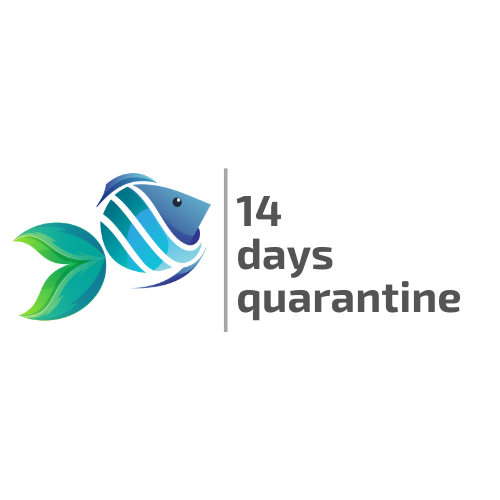Table of Contents
Keeping live plants with Goldfish can feel like an impossible dream. These lovable "water puppies" love to dig, tug, and nibble on anything green , often leaving behind shredded leaves and floating stems. Yet live plants are more than décor: they help remove ammonia and nitrate, compete with algae, and create a lush, natural playground that shows off goldfish colors.
The good news? A handful of hardy species can withstand curious mouths and constant bulldozing. Below are five nearly indestructible plants that thrive in the cool, hard‑water conditions Goldfish enjoy, plus practical tips for planting and protecting them.
1. Crinum calamistratum
Crinum calamistratum originates from gently flowing rivers in Cameroon and features long, dark‑green leaves that twist into graceful ribbons. Mature blades often reach 90–120 cm, creating a dramatic vertical accent against hardscape and background plants. The plant prefers cool, mineral-rich water with a pH between 7.0 and 8.4, which perfectly matches the parameters favored by Fancy Goldfish. Thick, leathery foliage makes casual nibbles harmless, so most Goldfish lose interest after a quick taste. In a well-balanced tank, this species forms a living curtain that provides shelter and soft shade for shy swimmers.
Planting the bulb is straightforward but precise. Rinse away any soft tissue, then sink only the lower third of the bulb into fine gravel or sand to prevent rot. Surround the base with a ring of smooth stones or wedge it into a décor rock to stop determined diggers from uprooting it. Place the bulb in the mid‑ground where a gentle current keeps the leaves waving and detritus from settling. Expect some melting of emersed foliage during the first month as new submersed leaves replace the old.
Although Crinum is famously slow‑growing, its steady rhythm rewards patience with lush, flowing tendrils. Weekly doses of a comprehensive liquid fertiliser and a pair of Easy Root Tabs at the three‑week mark provide essential minerals. Trim overly long blades with sharp scissors; the bulb simply responds by producing fresh growth. Refresh root tabs every two to three months, adding extra potassium if tiny pinholes appear in older leaves. With time, daughter bulbs form at the base and can be twisted free to start new specimens, spreading this striking plant throughout the aquascape.

2. Anubias (Large‑Leaf Varieties)
Anubias plant has earned the nickname “ultimate low‑light workhorse” for good reason. Robust species like Anubias barteri, A. hastifolia, and A. congensis display broad, leathery blades that resist hungry goldfish. A thick, horizontal rhizome anchors the plant and shrugs off occasional nibbles or bumps. Slow vertical growth makes it ideal for foreground or mid‑ground positions in taller aquariums. Its deep, saturated greens provide a lush contrast against lighter foliage and hardscape.
Unlike stem plants, Anubias never needs to be buried in substrate. Simply wedge the rhizome between rocks, tie it to driftwood with thread, or secure it in an Easy Planter ornament. Keeping roots exposed prevents rot and shields them from digging fish. These flexible mounting options also allow easy repositioning during aquascape updates. Once fixed in place, fine white roots extend around the hardscape and lock the plant firmly.
Thriving under very low to medium light, Anubias tolerates shaded corners that most plants cannot. Its leisurely growth means fewer nutrient demands but also greater risk of algae settling on sluggish leaves. Manual leaf wiping or a diligent clean‑up crew of freshwater shrimp and snails keeps the foliage pristine. Supplemental liquid fertiliser can be added sparingly, focusing on potassium and trace minerals. With basic maintenance, Anubias will live for years, slowly forming dense, architectural clumps.
See more details on How to Care for Anubias here.
3. Marimo Moss Ball
Marimo moss balls look like emerald‑green velvety spheres that seem almost too perfect to be real. Each one is a colony of Cladophora algae strands, densely woven and naturally rolled by gentle lake currents. The slow tumbling keeps the filaments uniform, giving the ball its plush, tidy surface. In an aquarium, it simply rests on the substrate, drawing in excess nutrients without demanding complex care. Its whimsical shape provides an eye‑catching focal point amid rocks, wood, and taller plants.
Goldfish find Marimo irresistible as a foraging toy thanks to its firm yet springy texture. They nudge, peck, and dribble it across the tank like a miniature soccer ball, encouraging natural exploration. The rough fibers withstand constant prodding and seldom shred under normal curiosity. Marimo Moss Ball also enjoys the same cool, low‑light conditions that keep Fancy Goldfish comfortable. All the while it quietly absorbs nitrates, helping to ease the bio‑load created by heavy feeding.
Caring for Marimo is refreshingly simple compared with most aquatic plants. During water changes, swish the ball in a bucket of tank water to dislodge trapped detritus and restore its rich colour. Rotate it now and then so every side receives gentle light and stays perfectly round. If stubborn film develops, a brief rinse under cool running tap water usually revives the fuzzy surface. With these minimal tasks, a single marimo can stay healthy and attractive for many years in a Goldfish setup.
4. Java Fern
Java Fern (Microsorum pteropus), widely praised as a bullet‑proof plant for beginners, thrives in nearly any freshwater setup. Regular, Narrow Leaf, and Windelov cultivars offer distinct leaf shapes that add subtle texture without complicating care. All forms share the same tough, leathery blades that Goldfish generally ignore after a curious nibble. Moderate growth keeps the fronds tidy and prevents them from overwhelming small aquascapes. Deep green coloration pops against light rocks and pale gravel, creating a lush focal point.
Planting this Fern plant is as simple as fastening its rhizome to hardscape. A small dab of aquarium‑safe super glue on driftwood or a rock secures the plant in seconds. Leaving the rhizome above the substrate prevents rot and stops Goldfish from digging it loose. Easy Planter ornaments provide an instant, dig‑proof cradle for keepers who prefer a freestanding display. Once anchored, the fern quickly extends fine roots that wrap firmly around the surface.
Propagation requires nothing more than a sharp cut through the rhizome or a trimmed leaf floated near gentle flow. Tiny plantlets emerge along the dark spores, developing roots and leaves before they are pinned in place. Growth is slow, so algae should be wiped from older fronds during routine maintenance. Low to medium light and a modest dose of liquid fertiliser keep new leaves vibrant. With minimal attention, a Java fern clump can flourish for many years beside even the most boisterous Goldfish.
See more details on How to Care for Java Fern here.
5. Bolbitis Fern (Bolbitis heudelotii)
Bolbitis heudelotii, often called the Elegant African water fern, introduces a gentle rainforest aesthetic to any aquascape. Its emerald fronds divide into fine, lace‑like fingers that sway softly in the current. Few hardy plants offer such delicate texture beneath the sweeping fins of goldfish.
Thriving in mineral‑rich streams, this Fern prefers the same harder, alkaline water that suits Crinum, and it responds well to modest doses of liquid fertiliser. Cooler temperatures and dappled light help maintain deep green colouring while discouraging algae. Given stable parameters, new growth unfurls slowly but steadily throughout the year.
Mounting is straightforward: keep the rhizome above the substrate by tying it to driftwood or wedging it into porous stone until roots take hold. Within a few weeks, the plant anchors itself and begins to billow into a mid‑ground thicket. Goldfish typically ignore its tough, mildly bitter fronds, allowing Bolbitis to remain a long‑lived accent in their tanks.
Keeping Plants Safe from Goldfish Shenanigans
- Create Barriers: Rock rings, décor caves, or Easy Planters prevent uprooting.
- Offer Veggie Snacks: Blanched spinach, duckweed, or algae wafers satisfy plant‑munching urges.
- Maintain Cool, Clean Water: Goldfish thrive at 68–74 °F (20–23 °C); cooler temps slow plant metabolism just enough to reduce melt.
- Fertilize Wisely: Use root tabs for Crinum; liquid fertilizers at half‑dose for rhizome and moss species to avoid green‑water blooms.
Final Thoughts
Live plants and goldfish can coexist beautifully when the right species are chosen. Start with one or two of the hardy options above, protect the roots, and keep hungry mouths busy with nutritious greens. Over time, Goldfish learn which leaves aren’t worth the effort, and the tank becomes a vibrant slice of nature that benefits fish and keeper alike.
Ready to green‑up a goldfish tank? Explore Splashy Fish Store’s hardy plant collection, goldfish‑safe fertilizers, and décor solutions to create an underwater garden that even the most mischievous goldie can’t destroy. You can buy these online or visit us at aquarium store in Virginia for more freshwater fish for sale, betta fish for sale, freshwater shrimp for sale, and aquarium supplies.



